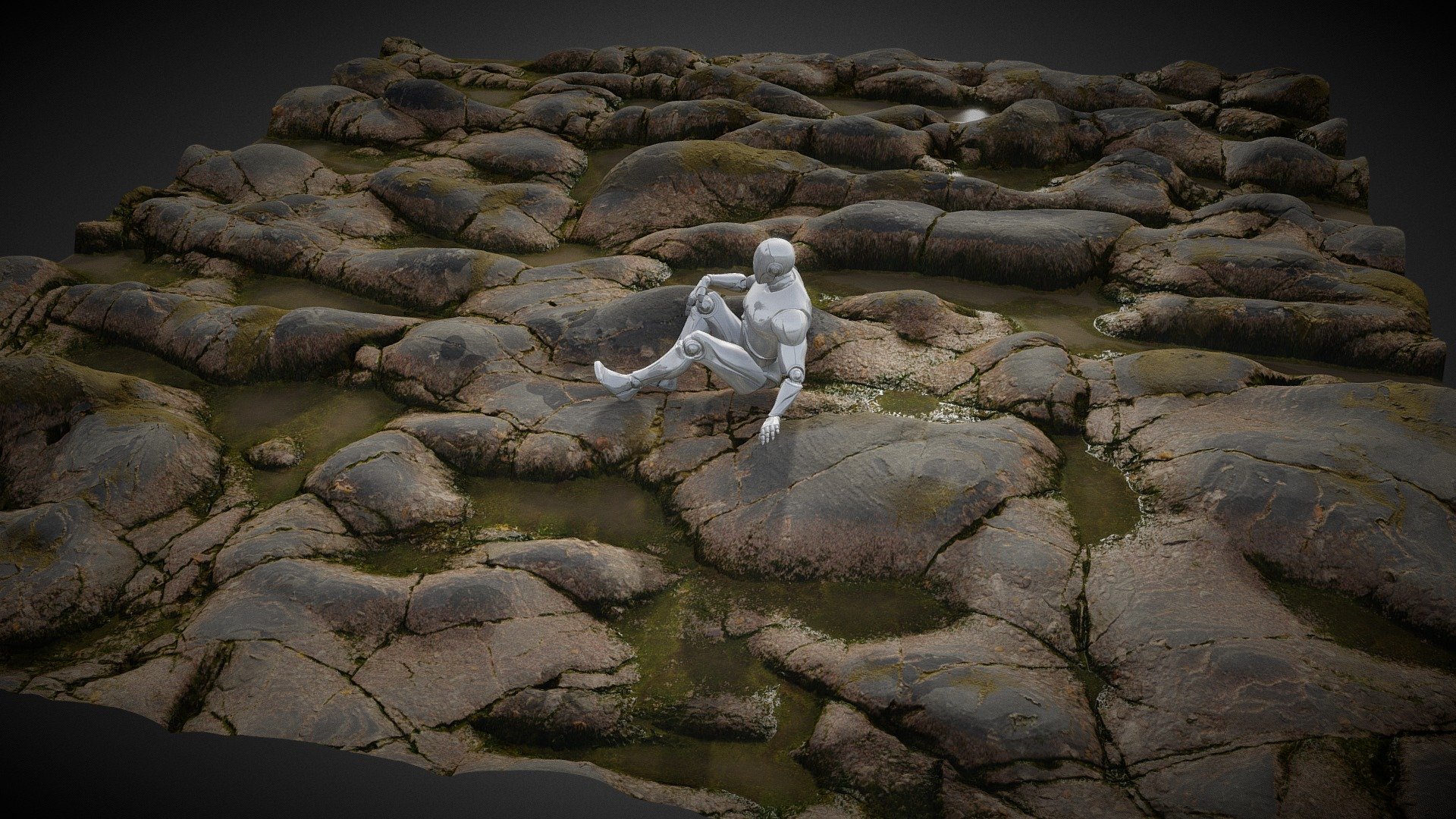
Mannequin environment
sketchfab
Crafting High-Definition Ground Textures with Blender and Quixel Mixer Imagine a seamless ground texture that effortlessly captures every detail of a realistic environment. With the power of Blender and Quixel Mixer, you can create stunning visuals that transport your audience to new worlds. By combining diffuse, normal, displacement AO, and roughness maps, you'll unlock a level of realism that will leave viewers in awe. In this tutorial, we'll explore how to harness the capabilities of these two industry-standard tools to craft high-definition ground textures that set the standard for visual fidelity. First, let's start with Blender. This free and open-source 3D creation software is renowned for its flexibility and ease of use. With Blender, you can model, render, and animate your scenes with precision and speed. Next, we'll turn our attention to Quixel Mixer. This powerful tool allows you to create stunning textures that are not only visually striking but also incredibly detailed. By combining multiple maps into a single texture, you can achieve a level of realism that was previously impossible. Together, Blender and Quixel Mixer form an unstoppable duo for creating high-definition ground textures. Whether you're working on a film, game, or architectural visualization project, these tools will help you push the boundaries of what's possible. So, let's dive in and explore how to use Blender and Quixel Mixer to create seamless ground textures that will leave your audience breathless. Step 1: Setting Up Your Scene To begin, open Blender and create a new scene. You'll want to set up your camera and lighting to capture the texture in all its glory. Don't worry too much about the lighting at this stage; we'll focus on setting up the texture itself. Next, let's talk about Quixel Mixer. This tool is designed specifically for creating textures, and it's incredibly powerful. With Quixel Mixer, you can combine multiple maps into a single texture, giving you unprecedented control over the final result. Step 2: Creating Your Texture With Blender set up, it's time to create your texture using Quixel Mixer. Start by importing your diffuse map into Quixel Mixer. This will give you a solid foundation for your texture. Next, add in your normal map. This will help define the shape and contours of your texture. Don't worry too much about the lighting at this stage; we'll focus on setting up the texture itself. Now it's time to add displacement AO and roughness maps. These two maps work together to create a stunningly realistic texture that captures every detail of your environment. Step 3: Combining Maps With all your maps imported, it's time to combine them into a single texture. Quixel Mixer makes this process incredibly easy, allowing you to merge multiple maps into one seamless texture. As you work with Quixel Mixer, remember that the key to creating high-definition textures is in the details. Take your time and experiment with different combinations of maps until you achieve the perfect look for your project. Step 4: Finalizing Your Texture Once you've combined all your maps, it's time to finalize your texture. This is where the magic happens – take a step back and admire your handiwork! With Blender and Quixel Mixer, you'll be amazed at how realistic your textures can look. With these four steps complete, you now have the skills to create seamless ground textures that will transport your audience to new worlds. By combining the power of Blender and Quixel Mixer, you'll unlock a level of realism that was previously impossible. So, what are you waiting for? Get creative with Blender and Quixel Mixer today!
With this file you will be able to print Mannequin environment with your 3D printer. Click on the button and save the file on your computer to work, edit or customize your design. You can also find more 3D designs for printers on Mannequin environment.
